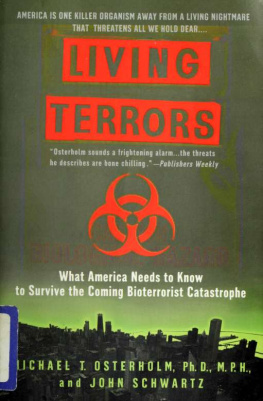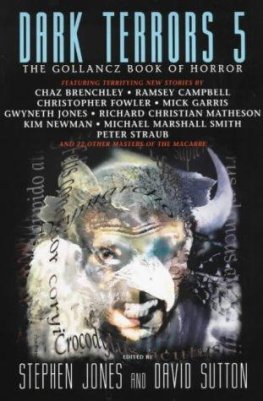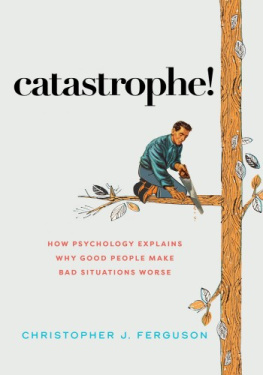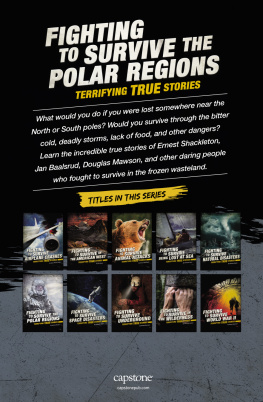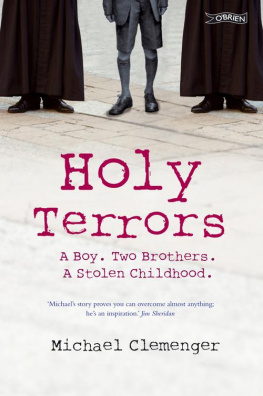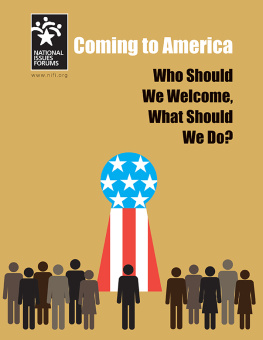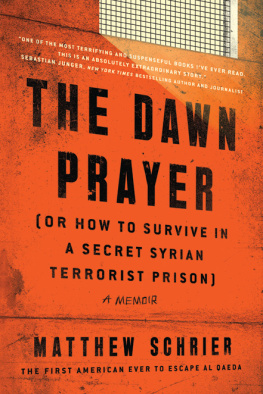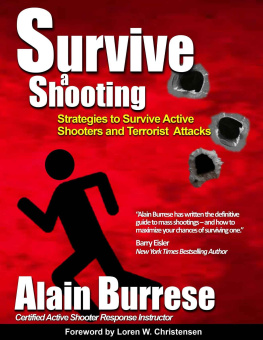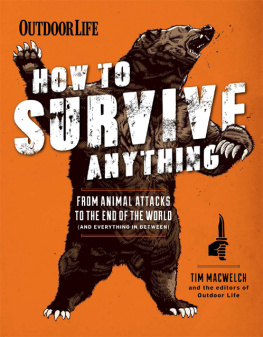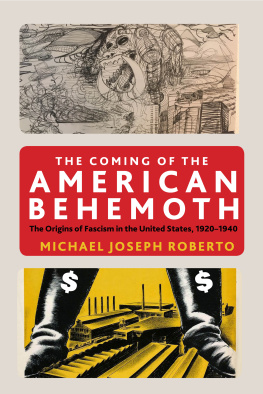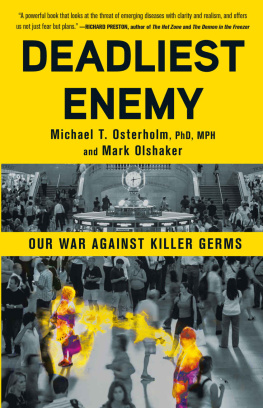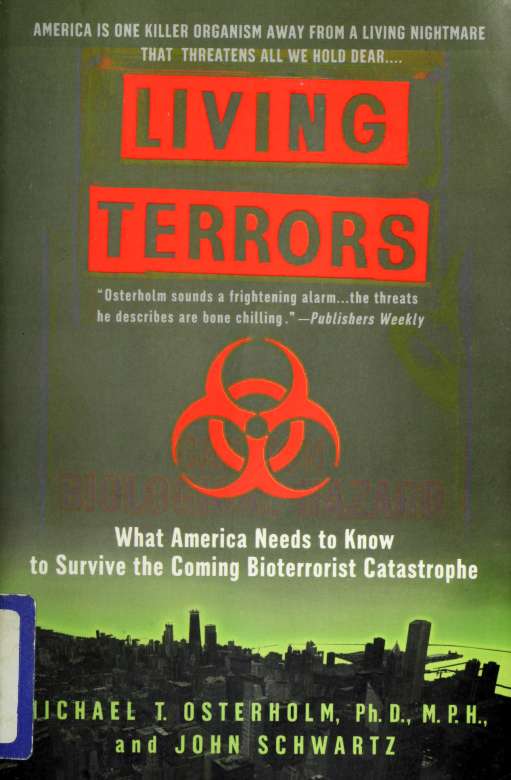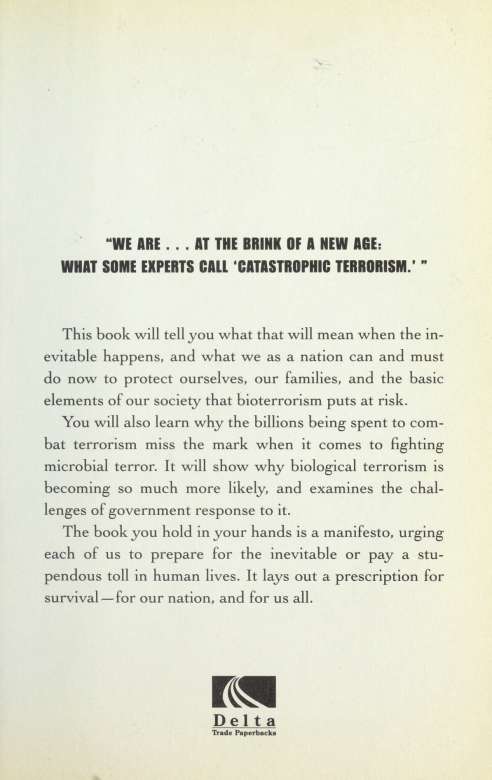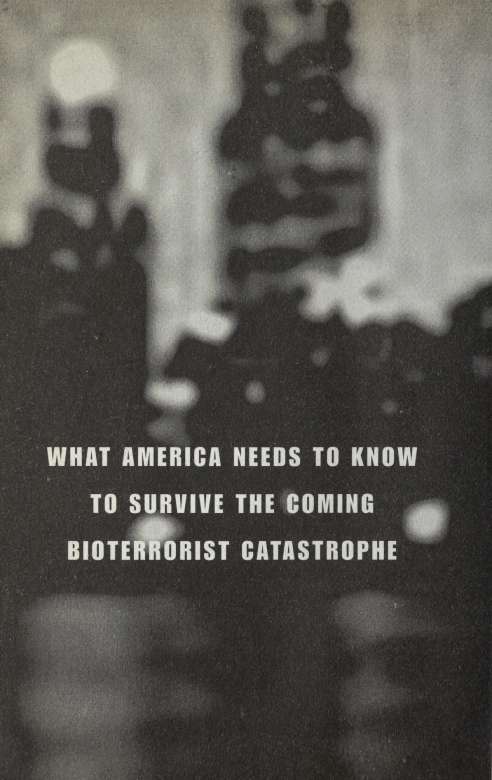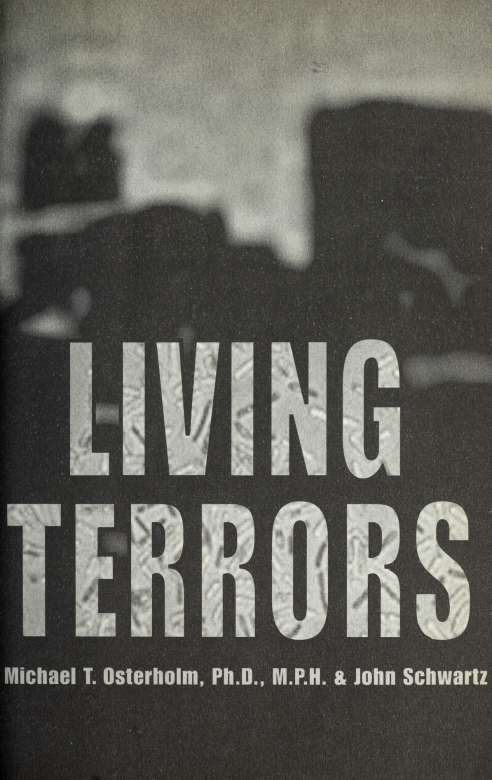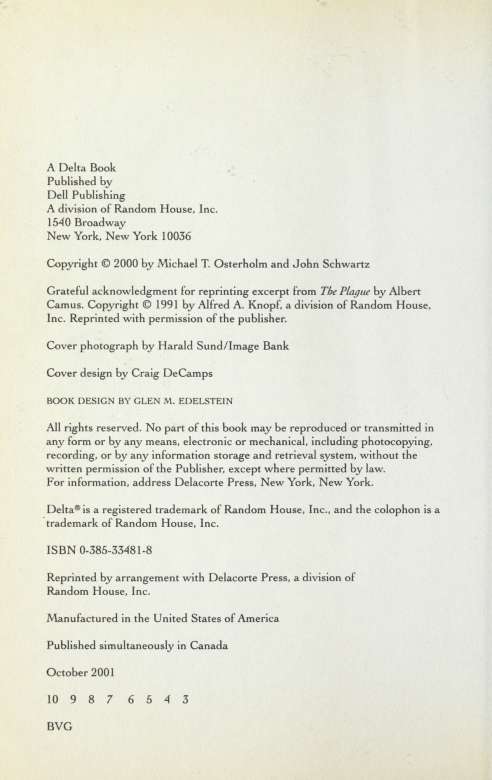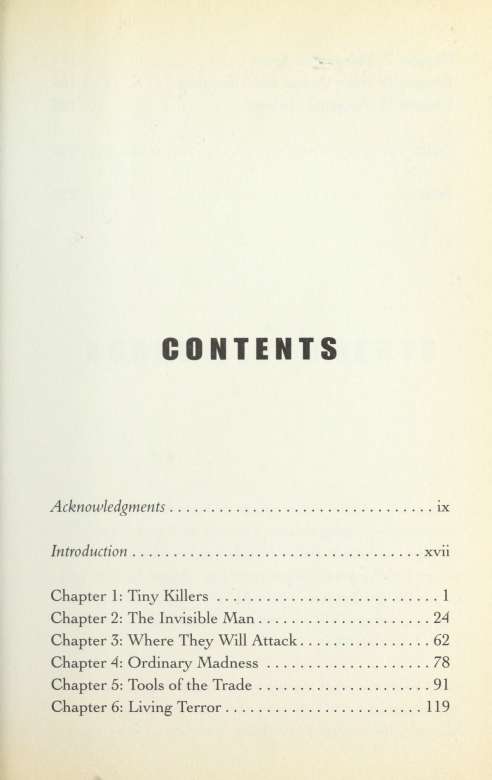This book made available by the Internet Archive.
To Donald A. Henderson, who, more than twenty years ago, led mankind's greatest public health and medical accomplishment the eradication of smallpox and who has courageously entered the fight again to prevent its horrible return
Digitized by the Internet Archive in 2015
https://archive.org/details/isbn_9780385334815_0
Chapter 8: Video Games and Tricorders 165
Chapter 9: Mitigated Disaster 183
Notes 205
Index 223
ACKNOWLEDGMENTS
This book is the work of many minds and helpful hands. We both owe a debt of immeasurable gratitude to our editor, Tom Spain, whose shared vision, tenacious support, and critical insight and suggestions were critical to the birth of this book. We also owe our sincere thanks to Andrea Nicolay, Tom's assistant, for her ongoing support.
Michael and John
I have spent most of my career reassuring the public, policy makers, and colleagues that bacterial meningitis is not easy to transmit, HIV won't mysteriously spread
Acknowledgment
through the air, and that immunizations are generally quite safe and very effective. While that's still true, many of our recent battles with infectious agents have become more complex and challenging. Nothing has prepared us, however, for the potential hell of a biological terrorism attack. For this reason, I felt compelled to write this book. I owe many who have helped me along the way.
I am profoundly grateful to John Schwartz, my coauthor. I've known John for many years as one of the best science reporters in the business. The opportunity to collaborate with him on this project was a gift. His clear and concise thinking, as well as his tough standards for confirming the facts, were enormously important to the validity of what we've printed. His friendship has been priceless.
I thank Jonathon Lazear, my agent, for his encouragement and for tirelessly championing this effort. Without him, this book would not exist. Christi Cardenas, also of the Lazear Agency, was a constant voice of support.
Mark and Carolyn Olshaker and Ann Hennigan make up a big part of the Mindhunters. My deepest and most sincere gratitude go to them for working with me on several articles on this topic. They are the dearest of friends. Most of all, I owe Mark much for the countless hours of interviews and incredible work product that is reflected in this effort.
There is no group of individuals who deserve more credit for responding to the threat of bioterrorism than those at the Johns Hopkins University Center for Civilian Biodefense Studies. This includes D. A. Henderson, John Bartlett, Thomas Inglesby, Tara O'Toole, and Monica Schoch-Spana. Thank you for your ever-present support and guidance.
Acknowledgments xi
I want to thank my fellow state and city epidemiologists who have struggled with this issue, and in turn, have taught me a lot. This includes Marci Layton, Annie Fine, and Dennis Perrotta.
There are a number of professional colleagues who have generously given me both their time and shared their wealth of knowledge. This book does not necessarily reflect their exact point of view, but they have had a big influence on shaping mine. They include Joshua Lederberg, Philip Russell, C. J. Peters, Michael Ascher, Jerry Parker, Peter Jahrling, Ed Eitzen, Art Friedlander, Kevin Tonat, Frank Malinoski, Christopher Davis, William Patrick, Ken Alibek, Ben Liu, David Pui, and Scott Lillibridge.
Two of the very best authors in the business have been both sources of inspiration and information Laurie Garrett and Richard Preston. They have provided me with many hours of captivating reading and thoughtful and engaging discussion.
One of the highlights of my professional career was advising His Majesty, the late King Hussein of Jordan. He is a giant that the whole world needs and desperately misses as it relates to our response to terrorism. Of course, without the kind and thoughtful assistance of Walt Wilson, his physician, I would have never had the opportunity to know such human greatness.
I've been fortunate to have colleagues who have unusual insight into the policy issue of bioterrorism Janet Shoemaker and Peggy Hamburg. They have provided me a great deal of wisdom along with the facts.
Over the course of my career five individuals have been
xii Acknowledgments
there for me day after day. Kristine Moore, Michael Moen, Terry O'Brien, PhilHp Peterson, and Jeffrey Davis have been, and continue to be, my professional compass. They have patiently provided me wise and sage advice on many occasions.
Thank you to Peggy Johnston for her twenty-five years of support. Most of all, I thank my wife, Barbara Colombo, and our children, Erin, Ryan, Andrew, and Maria. This book is really for and about you. Your support and love is an everyday gift that is priceless. I never want you to have to experience the hell of a bioterrorism attack. For you alone, every effort put into this book and all my other activities addressing this issue are worth it.
Michael T. Osterholm Greenwood, Minnesota May 2000
Mike Osterholm made this book possible he's a man on a mission, with the kind of enthusiasm and leadership that helped me find resources within myself to do things I might never have thought possible. Thanks are due as well to my agent, Rafe Sagalyn, for playing matchmaker and encouraging me to write this book. I owe everything to my wife, Jeanne Mixon, for her support for my decision to write this book and for her patience with me for the time the book stole from us. Thanks also to our wonderful kids, Elizabeth, Sam, and Joey. I wrote it for y all; I want to see you grow up happy and healthy, in a world less threatened by the prospect of biological assault.
Just about every journalist I ever met had a passion for getting the story right. But as I learned more about this
Acknowledgment
xiii
trade, I realized that many reporters believe that "getting it right" is solely about factual accuracy: making sure that the names are spelled right and that the bill actually passed by the number of votes you wrote down. That's fundamental but getting the facts right is only half of the job. The other half of the equation is getting the tone right. That often means that when other reporters are trying to scare readers, it's up to you to explain why things might not be so very bad. During the Ebola scare of 1995, for instance, I wrote about how unlikely it was that the outbreak in Kikwit, Zaire, would spread to the United States, even though it was theoretically possible, and how hemorrhagic diseases have been contained in the past by standard Western health care practices. When many journalists were saying that the Y2K computer glitch was going to bring a kind of techno-apocalypse, I was among those who said that any problems that did emerge could be handled without much disruption. I have always looked for the center path in a story, the one between the doom-sayers and the naysayers so much so that I occasionally joke that my motto is "dare to be dull." Don't jump to conclusions, don't follow the herd, and most importantly don't scare people when the circumstances don't warrant the alarm.

